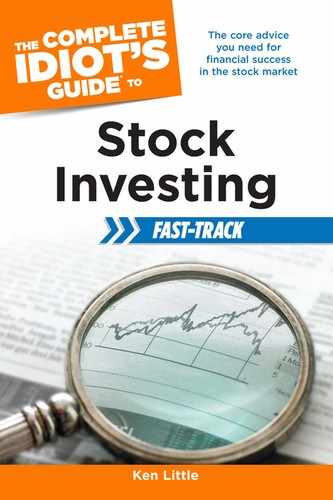The Balance Sheet Must Balance
The balance sheet, also known as the statement of financial position, is a snapshot of the company’s financial strength at the end of the fiscal year. The statement details what the company owns and what it owes. It does not show money flowing in or out (that’s on the statement of cash flows), but gives you a snapshot of whether this is a viable business or not.
It is called a balance sheet because it must balance. The balance is often expressed as this formula:
assets = liabilities + (shareholders) equity
or
(shareholders) equity = assets – liabilities
The three terms that make up the formula are the heart of what the balance sheet tells you about the company.
Assets represent what the company owns. The expectation is that assets are something that can provide economic value to the company. This can be as straightforward as buildings, real estate, and equipment and materials used for production. Obviously, cash and investments represent assets the company can use.
However, there are other categories of assets that are not so tangible. For example, if a company buys another company, it usually pays more than the actual cash value. The difference is called goodwill and represents the value of the acquired company beyond its cash value. For example, if you wanted to buy Apple, Inc., you would pay much more than the buildings, equipment, and so on is worth. The Apple name and brand would be worth many times the tangible assets it processes.
Assets are also broken down by whether the company plans to use them in one year—called current assets. These include cash, inventory (in most cases), short-term investments, and accounts receivable. Accounts receivable represent money the company expects to collect from customers but has not received. Accounts receivable is a particularly important number. Companies use accrual accounting that allows them to book a sale, even if the customer hasn’t paid the bill, as long as there is a reasonable expectation of payment. This number shows up on the income statement as revenue, even though no money has changed hands. It is counted on the balance sheet as an asset because the customer is expected to pay this fiscal year.
| STOCK TIP |
Noncurrent assets include property, buildings, and equipment, which represent an economic value, but are not expected to be converted to cash. Other assets, another noncurrent asset, may include items such as intellectual properties or other items that may be peculiar to that industry. For example, a bank’s balance sheet would feature some different items than a manufacturing company.
Unfortunately, there is not a standard nomenclature for balance sheets, so you may see different categories represented on some statements. However, the idea is to capture all that the company owns that is of economic value. The total of all these items is the company’s total assets.
Liabilities: What the Company Owes
What a company owes are its liabilities. Like assets, liabilities are divided into current and noncurrent. Current liabilities are those bills that must be paid within one year, some obviously sooner. These include bills for materials, parts, or other obligations. Most of these fall into the accounts payable category. This is an important number because it represents money that must be paid out quickly. Does the company have the resources to meet these obligations? A reading of current assets will give you a good idea.
Companies have other operating expenses, including the cost of running the business on a daily basis: payroll, current taxes, utilities, and so on. All of these represent drains on cash, which can be a concern if the company has trouble collecting the accounts receivable. Because of the drain on cash of current liabilities, companies often use short-term borrowing to cover the gap. These are current liabilities and if the company has huge amounts of short-term borrowing, it may mean trouble.
Noncurrent liabilities represent long-term debt, such as paying off bonds it has issued in the past or long-term financing of plants and equipment. Long-term debt is an important number because it represents a continuing drain on the company’s cash. Some types of businesses require more debt than others. For example, manufacturers may need to borrow hundreds of millions of dollars to build new plants and buy new equipment. Service-related companies, such as software companies, may not need that level of long-term debt.
Shareholders Equity: Value to Investors
Shareholders or stockholders equity is value in the company that is owned by shareholders. Remember the formula:
(shareholders) equity = assets – liabilities
A home mortgage is a simple example: the equity in your home is the difference between the fair market value (assets) – the balance of your mortgage (liabilities) = your equity. Unfortu-nately, if you owe more than your house is worth, you have a negative equity. A company faces the same reality. If it loses money, the stockholder’s equity could be negative or reduced from the previous year.
A company’s shareholder’s equity section on the balance sheet may have several entries, but the most important one is retained earnings. This entry represents the beginning capital that financed the company’s start and any earnings that are not paid out in dividends. Some companies pay no dividends, so their retained earnings entry will grow from year to year, as long as they are making a profit. However, most companies use retained earnings to pay off long-term debt, buy new equipment, or otherwise reinvest in the company. Paying for these items out of retained earnings means the company does not have to borrow more money.
| MARKET RISK |
